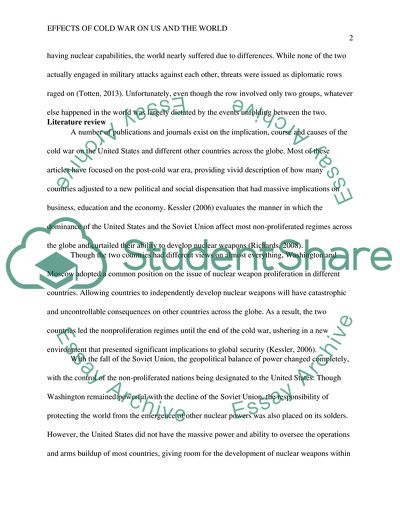Cite this document
(Effects of Cold War on the United States and the World Literature review, n.d.)
Effects of Cold War on the United States and the World Literature review. https://studentshare.org/history/1842057-effects-of-cold-war-on-the-us-and-the-world
Effects of Cold War on the United States and the World Literature review. https://studentshare.org/history/1842057-effects-of-cold-war-on-the-us-and-the-world
(Effects of Cold War on the United States and the World Literature Review)
Effects of Cold War on the United States and the World Literature Review. https://studentshare.org/history/1842057-effects-of-cold-war-on-the-us-and-the-world.
Effects of Cold War on the United States and the World Literature Review. https://studentshare.org/history/1842057-effects-of-cold-war-on-the-us-and-the-world.
“Effects of Cold War on the United States and the World Literature Review”. https://studentshare.org/history/1842057-effects-of-cold-war-on-the-us-and-the-world.


